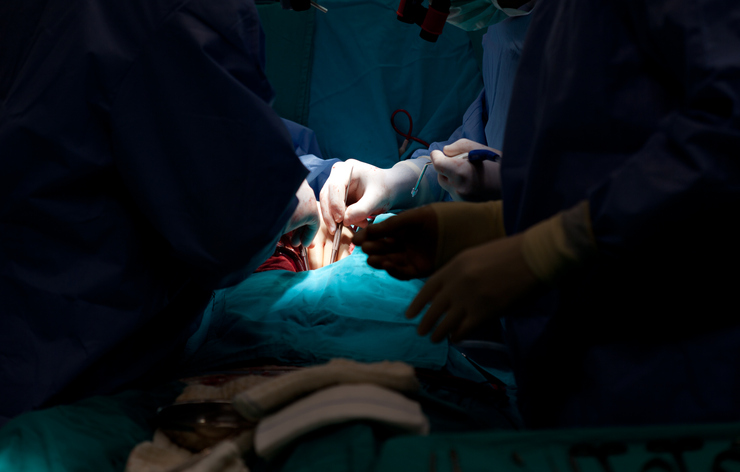
In a study published in the Journal of Cardiovascular Development and Disease, researchers reported that left atrial spontaneous echo contrast (LASEC), as detected by transesophageal echocardiography, appeared to predict catheter ablation outcomes in patients with atrial fibrillation and left atrial dilation.
The prospective trial enrolled 123 patients with atrial fibrillation between January 2018 and June 2020. All patients had left atrial diameter from 45 mm to 50 mm and left atrial volume of 120 mL or more. The primary end point of the study was freedom from atrial fibrillation or atrial tachycardia recurrence at 3 months after catheter ablation.
LASEC Predicts Recurrence After Catheter Ablation for Atrial Fibrillation
Of the patients enrolled, 73 had LASEC and 50 did not prior to undergoing catheter ablation. Over 18 months of follow-up, 33 (45.2%) patients in the LASEC group were free from recurrence compared with 34 (68.0%) patients in the no LASEC group (P=.013). Two patients in the LASEC group also had ischemic strokes.
In addition, 30 (57.7%) patients in the mild spontaneous echo contrast group experienced recurrence versus 15 (71.4%) patients in the severe group. Based on their analysis, the authors reported an association between LASEC and poor catheter ablation outcomes (hazard ratio, 2.058; 95% CI, 1.151-3.679; log-rank P=.011; Cox P=.015).
Based on their results, the authors concluded that presence of LASEC could be a prognostic factor for atrial fibrillation or atrial tachycardia recurrence after catheter ablation in patients with left atrial dilation and that more prominent LASEC led to worse outcomes
Find More Expert Interviews and Research on the Atrial Fibrillation Knowledge Hub







 © 2025 Mashup Media, LLC, a Formedics Property. All Rights Reserved.
© 2025 Mashup Media, LLC, a Formedics Property. All Rights Reserved.